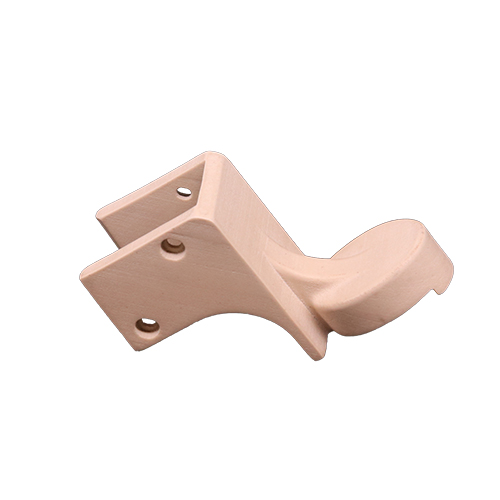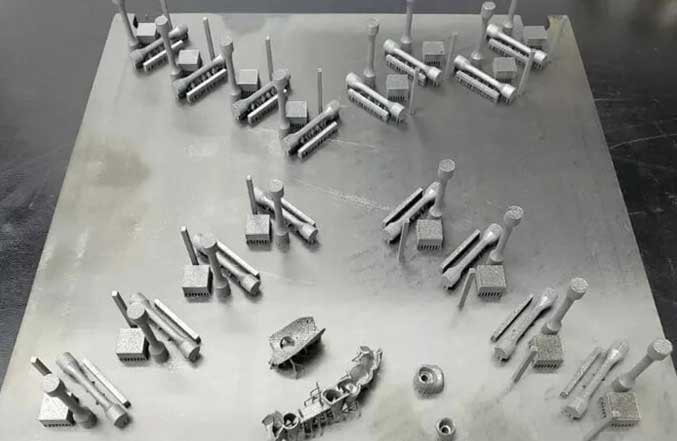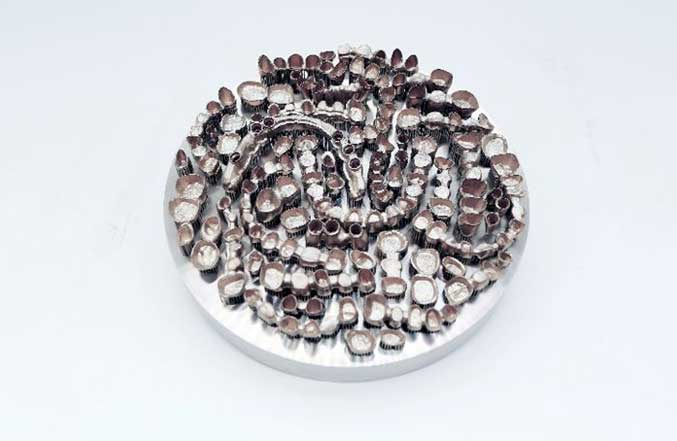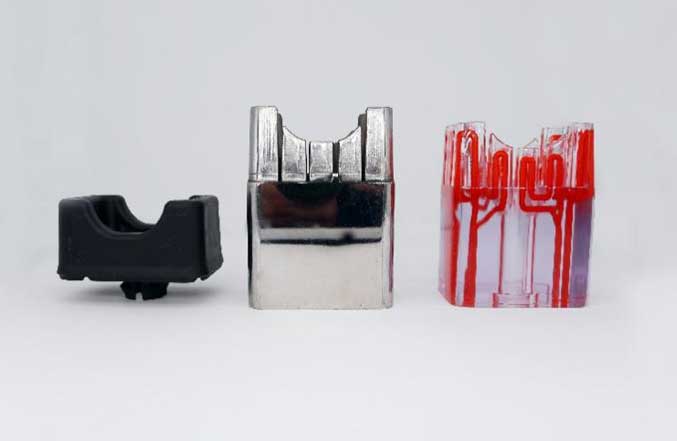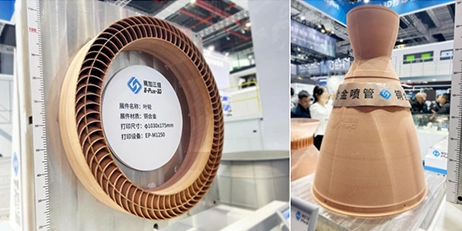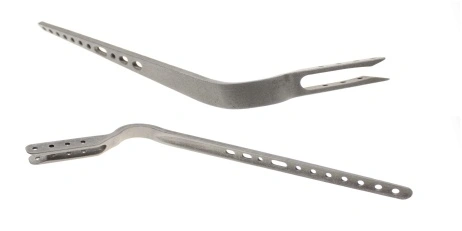
In recent years, the medical industry has increasingly adopted metal 3D printing to design and manufacture medical implants. With the cooperation of doctors and metal 3D printing, more advanced and qualified implants and prostheses can be manufactured. 3D printing has also improved the delivery speed of customized implants, from design to manufacture of a customized implant can be completed in as little as 24 hours.
So what are the requirements for metal implants in the human body?
70% of the elements in the periodic table are metals, but due to toxicity and poor mechanical properties, few metals are suitable for implantation in the human body, titanium is one of them. Titanium and its alloys are not only non-toxic and harmless, but also have good compatibility with the human body. As an implant, allergic reactions wouldn’t occur.
Medical metal materials are usually used as force-bearing devices in the human body, such as artificial joints, artificial vertebrae, internal fixation plates for fractures, screws, bone nails, etc., which require high strength and toughness. Titanium alloy has low density, high strength and light weight, the elastic modulus is close to natural bone, and it will not burden the human body after implantation.
When medical metals are implanted into the human body, various types of corrosion are likely to occur due to the complex environment of the human body. Titanium alloys are known as biologically inert metal materials and have excellent corrosion resistance in environments where human blood is immersed. In addition to meeting the above conditions, titanium will not be magnetized or interfere with the image during MRI examination after surgery, which will affect the diagnosis. Therefore, titanium alloys have created medical miracles again and again.
Elastic modulus is considered as an important factor when using medical additive manufacturing. Why is it required that the elastic modulus of the medical metal material implanted in the human body needs to be similar to or slightly higher than that of the bone tissue?
This is to avoid the "stress shielding" effect. The simple understanding is that when the modulus of the implant material is higher than that of the bone tissue, the implant structure will bear a lot of stress, and there is no stress-stimulated bone tissue. Tissue degeneration will occur, the specific manifestations are decreased bone density, osteoporosis and so on. It is not conducive to the later growth and rehabilitation of bone tissue.
Check EPLUS 3D printing application in medical field and contact Eplus3D for more tailored additive manufacturing solutions !
